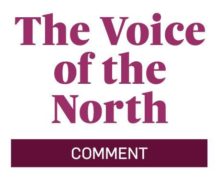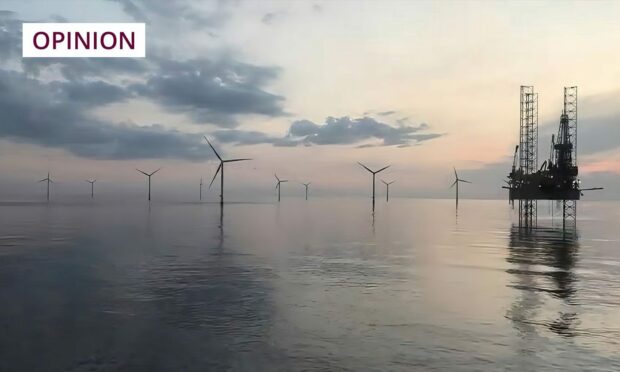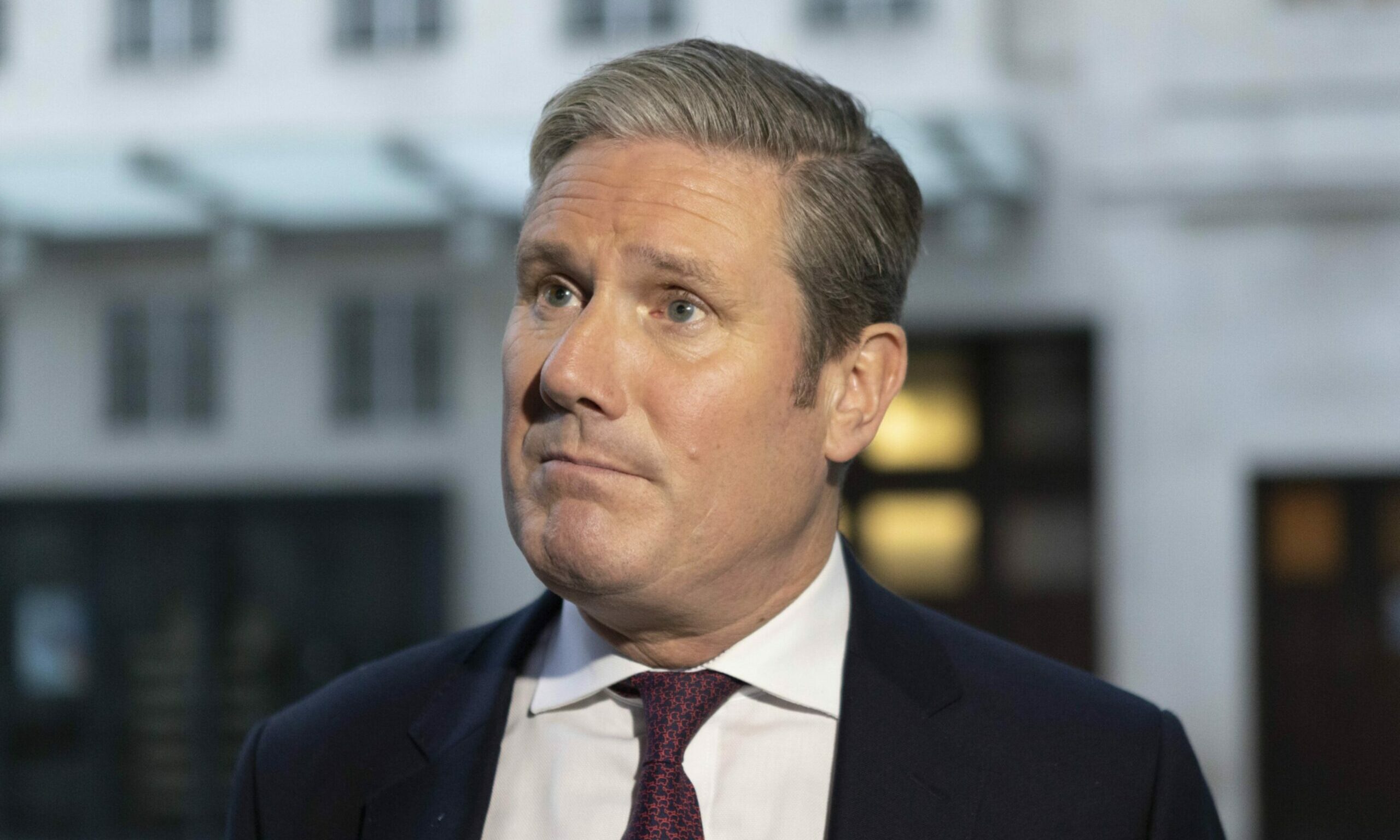The latest Government Expenditure and Revenue Scotland (Gers) figures underline the vital role Scotland’s oil and gas industry continues to play in contributing to the UK’s economy.
An enormous £9.4 billion in just one year is not to be sniffed at. But, of course, neither is the very real threat of climate change.
While staunch fossil fuel critics and opponents, whether politicians or campaigners, continue to demand that “the taps be turned off” without delay, members of the public generally understand that the situation is not so clear-cut.
 The north and north-east of Scotland can and will lead this country to success in the green energy field; the best and brightest scientific, engineering and business minds are here and working diligently to help the world.
The north and north-east of Scotland can and will lead this country to success in the green energy field; the best and brightest scientific, engineering and business minds are here and working diligently to help the world.
A transition from reliance on oil and gas to renewables must happen and, indeed, is already in motion. However, the clue is in the name: “transition”.
Many thousands of offshore workers cannot clock out of their oil and gas roles on Friday and don a brand new hard hat the following Monday, ready to start a fresh career in wind or hydropower.
Practically speaking, the change has to be a gradual one in order to ensure that the UK can continue to power homes and businesses without paying other countries for fossil fuels, as well as to avoid mass unemployment at a time when many households are already struggling.
Political footballs are lobbed from all sides and with increasing frequency these days, and that is unlikely to let up as we approach the next general election. The future of oil and gas and the energy transition, however, should never be used in such a crass manner.
Anybody loudly proclaiming that the offshore sector must be shut down with immediate effect for the sake of the environment is plainly posturing. In reality, they know the devastating impact this would have, not just on Scotland and the UK’s economy as a whole, but on individual families reliant on the industry.
Communication and collaboration are key
For the sake of future generations, it’s possible fossil fuels could eventually be phased out of the energy equation entirely, but that will only happen as a result of working together, productive discussion and innovation, not catty quarreling and political point-scoring.
As always, communication is absolutely key. There remains a lack of clarity and collaboration around the long-promised “just transition”, which has prompted anxiety and a lack of trust.
Party leaders who appear focused only on verbally one-upping each other would do well to travel north and listen to the thoughts and stories of voters instead. Perhaps then they will wake up to the nuance of this delicate and difficult predicament.
The Voice of the North is The Press & Journal’s editorial stance on what we think are the most important issues of the week


